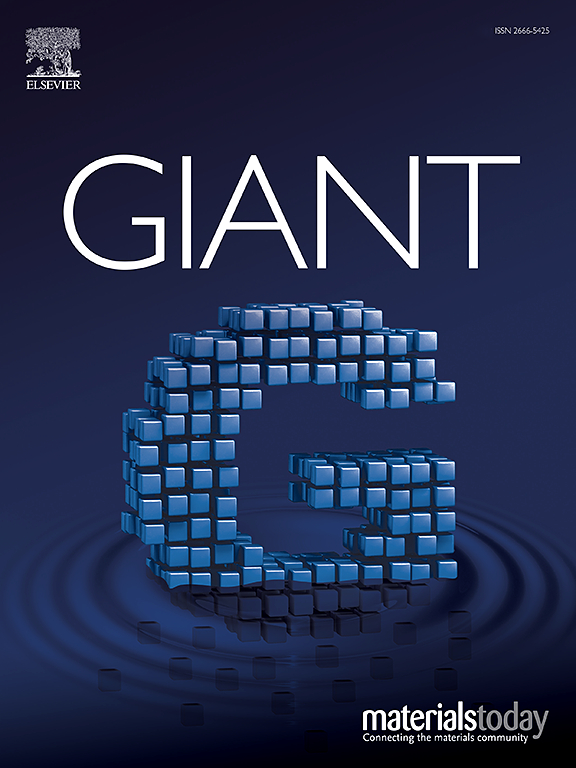Stimuli-responsive antimicrobial polymer systems: From structural design to biomedical applications
IF 4.9
1区 化学
Q2 CHEMISTRY, MULTIDISCIPLINARY
引用次数: 0
Abstract
Bacterial infections and drug-resistant evolution have seriously threatened public health. Stimuli-responsive antimicrobial materials have been rapidly developed to address the evolving challenges posed by multi-drug-resistant bacteria. Among various materials, polymer-based stimuli-responsive systems stand out thanks to their structural design flexibility, functional diversity, decreased systemic toxicity, and enhanced therapeutic effects compared with free drugs. In this review, we present the latest advances in stimuli-responsive antimicrobial polymer systems, summarizing their molecular structures and design principles across exogenous and endogenous stimulus types. Exogenous stimuli offer precise spatiotemporal control triggered by temperature, light, magnetic, salt, etc. Endogenous stimuli are in-situ biomarkers in the infection environment, such as pH, redox, bacterial secretions, etc. In the aim of developing antimicrobial material with high selectivity, we also summarize antimicrobial recognition strategies that enhance drug targeting efficiency. Finally, the challenges in current stimuli-responsive antimicrobial polymeric systems are discussed, opening up prospects for next-generation intelligent antimicrobial materials with enhanced efficacy, biosafety and pathogen-targeting precision.
刺激反应抗菌聚合物系统:从结构设计到生物医学应用
细菌感染和耐药性演变严重威胁着公众健康。刺激反应性抗菌材料已迅速发展,以解决多重耐药细菌带来的不断变化的挑战。在各种各样的材料中,基于聚合物的刺激反应系统因其结构设计的灵活性、功能的多样性、降低全身毒性和与游离药物相比增强的治疗效果而脱颖而出。本文综述了刺激响应型抗菌聚合物系统的最新进展,总结了它们的分子结构和设计原理,涵盖了外源性和内源性刺激类型。外源刺激提供精确的时空控制,由温度、光、磁、盐等触发。内源性刺激是感染环境中的原位生物标志物,如pH、氧化还原、细菌分泌物等。为了开发具有高选择性的抗菌材料,我们还总结了提高药物靶向效率的抗菌识别策略。最后,讨论了当前刺激响应型抗菌聚合物系统面临的挑战,为下一代具有更高功效、生物安全性和病原体靶向精度的智能抗菌材料开辟了前景。
本文章由计算机程序翻译,如有差异,请以英文原文为准。
求助全文
约1分钟内获得全文
求助全文
来源期刊

GIANT
Multiple-
CiteScore
8.50
自引率
8.60%
发文量
46
审稿时长
42 days
期刊介绍:
Giant is an interdisciplinary title focusing on fundamental and applied macromolecular science spanning all chemistry, physics, biology, and materials aspects of the field in the broadest sense. Key areas covered include macromolecular chemistry, supramolecular assembly, multiscale and multifunctional materials, organic-inorganic hybrid materials, biophysics, biomimetics and surface science. Core topics range from developments in synthesis, characterisation and assembly towards creating uniformly sized precision macromolecules with tailored properties, to the design and assembly of nanostructured materials in multiple dimensions, and further to the study of smart or living designer materials with tuneable multiscale properties.
 求助内容:
求助内容: 应助结果提醒方式:
应助结果提醒方式:


